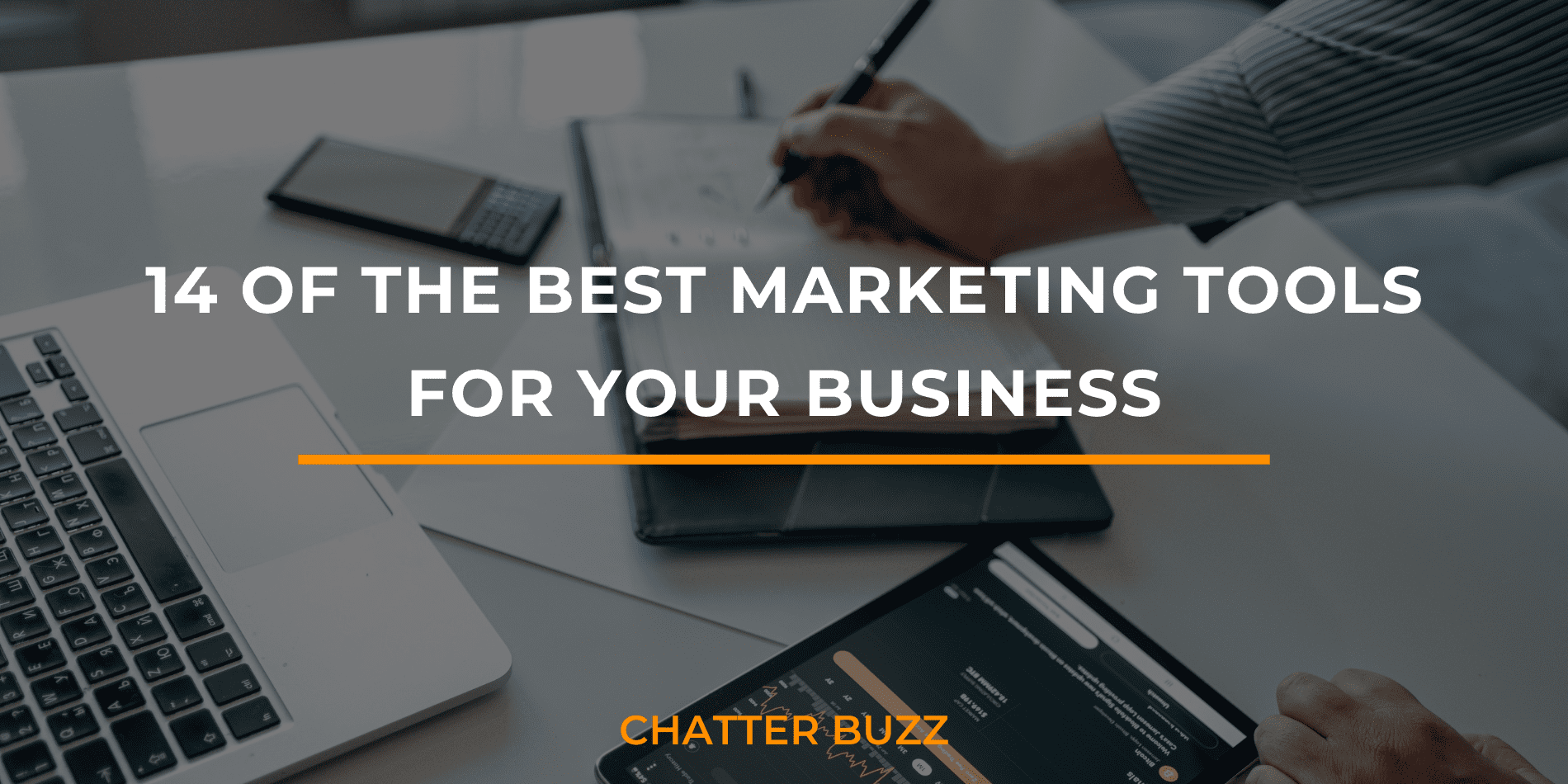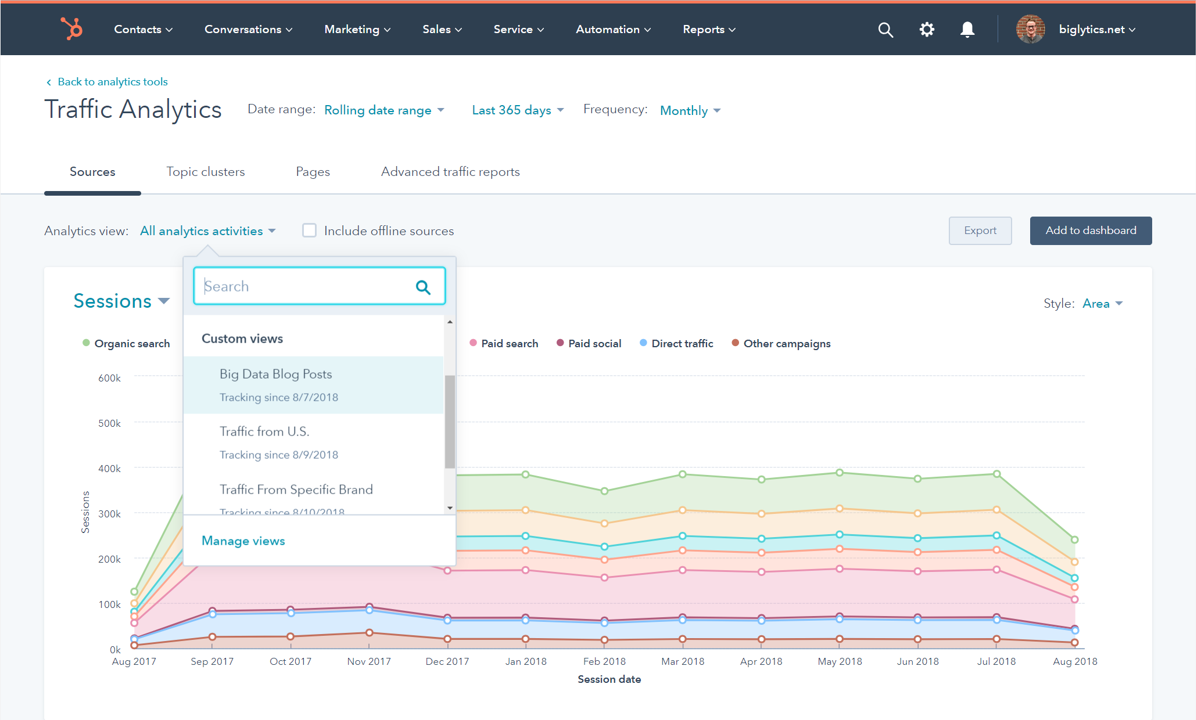
Companies of all sizes are increasingly using social media as a marketing tool. To be successful with this type marketing strategy, you must establish a consistent presence among your audience. But, you must not manipulate your audience into buying products or services. You must maintain a solid presence among loyal customers to ensure marketing success. But, you should not pressure your audience into buying your product.
Benefits
Social media can be a powerful tool to increase conversion rates and return-on-investment. It can also help you gain insight into your marketplace. Engaging customers is the best way to get to know them. Social media platforms make it easy to do this. In addition to offering valuable information, social media can also help you build trust with your customers and increase customer loyalty.

Challenges
It is a powerful way to increase brand awareness, build brand loyalty, and connect with customers via social media. Brands need to take precautions against data manipulation and privacy breaches. In addition, it's difficult to measure the impact of a social media strategy. Brands must create an open feedback system. Brands face another challenge when it comes to tracking their conversion and engagement rates. This requires a single platform for marketers to track both the engagement and conversion metrics.
Platforms
A social media platform can help reach a broad range of consumers. Feedly, for example, lets you easily share new content with your followers every day. It allows you to filter the content according your preferences. It is compatible with many different devices. These platforms are great tools, but the real value in social media marketing lies with how you use them.
Goals
For any social media campaign, it is important to set goals and track progress. You need to keep track of your followers and brand mentions as well as engagements on your posts. You can then see how effective your social networking strategy has been in the past. The results of your campaign can help you tailor your social media strategy to meet your customer needs.
Retargeting ads
Retargeting ads through social media can bring new customers to your site and energize existing customers. This helps consumers remember the products they are interested in when they visit your site. This way, they return to your site and are more likely to convert.

Content creation
Content creation is one of the most crucial aspects of social media marketing. It is important that your content be appropriate to the platform to which it is being shared. If you have a Facebook audience, your content must be relevant. Keep in mind, however, that your content shouldn't be too general. Your goal should be engagement.
FAQ
What are the different content strategies?
Content strategy is a term that encompasses all aspects of the creation, management, distribution, measurement, optimization, and evaluation of content for digital channels. Content strategy is not just about what you post to social media sites, such as Facebook or Twitter, but also the content you choose for your website, blog, or other online properties.
Content strategy is vital because it determines how you will focus your time and effort, the content types you should use, as well as what message you send to your target audiences.
Understanding how content fits in with the overall business goals and objectives is key to helping you reach them.
What length should my content marketing last?
That depends on your goals. Different businesses have different goals. Some are focused on short-term results while others seek long-term growth. We recommend that you start with three months of consistent content production and then evaluate your progress after that period.
Is Content Marketing Strategy right to me?
If you already know what you want to say, then a Content Marketing Strategy will work perfectly for you.
But if you're unsure where to start, here are some questions to ask:
What does my business need to communicate? Or do I want to create content that resonates with general audiences?
Do I want my efforts to convert visitors into buyers or generate leads?
Am I trying to promote one product or multiple products?
Would I be interested in reaching out to people outside of my industry sector?
A Content Marketing strategy is what you need if you answered "yes" any of these questions.
Statistics
- This marketing strategy landed Ford a 15.4% conversion rate. (neilpatel.com)
- Seventy-two percent business to business (B2B) (mailchimp.com)
- Forty-seven percent of buyers view 3 to 5 pieces of content before engaging with a sales representative. (mailchimp.com)
- To further show the importance of this, 89% of people have stopped doing business with a company because of a poor experience. (neilpatel.com)
- Measure your goals with a progress indicator of 0-100%. Make your goals collaborative and transparent (semrush.com)
- In fact, would pay more for a better customer experience, and 86% of B2B buyers would pay more. (neilpatel.com)
- According to our research, 65% of companies with very successful content marketing in 2021 ran content audits at least twice a year. (semrush.com)
- We found that 40% of businesses don't have a documented strategy yet. (semrush.com)
External Links
How To
How do I get started with content marketing?
The most effective way for companies to reach potential clients and generate leads online is through content marketing. This helps you reach potential clients by providing valuable information on products or services.
Content marketing fosters trust among visitors, which in turn increases brand loyalty and results in higher sales conversions.
You can start by creating a blog. Blogs are user-friendly platforms that enable you to post new articles every day.
This allows people who have read your work to return often. For example, social media sites like Facebook or Twitter can be used to share relevant information and news with followers.
YouTube also allows you to make videos. These videos can be used to educate your viewers about topics relevant to your business.
Finally, you can create infographics using tools like Canva. Infographics can be used to visually represent data. These are useful in explaining complex concepts and making it easy to comprehend information.
The more consistent and frequent your posts, the better your chances of attracting new readers.